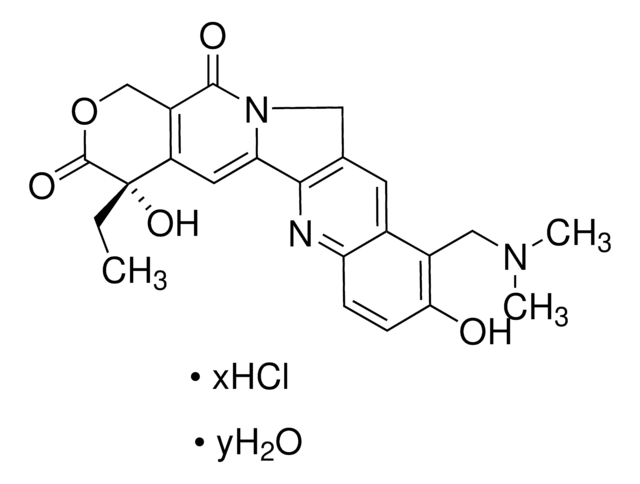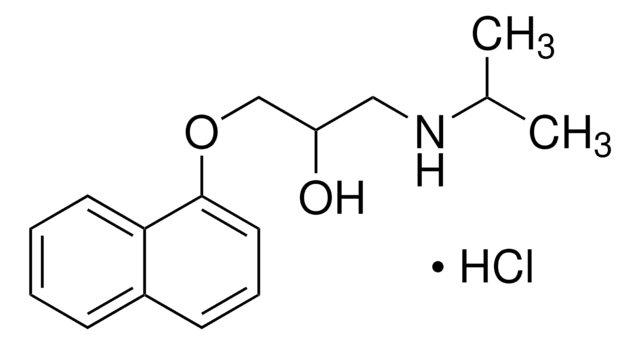Wichtige Dokumente
F1016
Fenoterol -hydrobromid
Synonym(e):
2-(3,5-Dihydroxyphenyl)-2-hydroxy-2′-(4-hydroxyphenyl)-1′-methyldiethylamin -hydrobromid
About This Item
Empfohlene Produkte
Qualitätsniveau
Ersteller
Boehringer Ingelheim
SMILES String
Br[H].CC(Cc1ccc(O)cc1)NCC(O)c2cc(O)cc(O)c2
InChI
1S/C17H21NO4.BrH/c1-11(6-12-2-4-14(19)5-3-12)18-10-17(22)13-7-15(20)9-16(21)8-13;/h2-5,7-9,11,17-22H,6,10H2,1H3;1H
InChIKey
SGZRQMALQBXAIQ-UHFFFAOYSA-N
Angaben zum Gen
human ... ADRB2(154)
Suchen Sie nach ähnlichen Produkten? Aufrufen Leitfaden zum Produktvergleich
Allgemeine Beschreibung
Anwendung
Biochem./physiol. Wirkung
Leistungsmerkmale und Vorteile
Anwendung
Signalwort
Warning
H-Sätze
P-Sätze
Gefahreneinstufungen
Acute Tox. 4 Oral
Lagerklassenschlüssel
11 - Combustible Solids
WGK
WGK 3
Persönliche Schutzausrüstung
dust mask type N95 (US), Eyeshields, Gloves
Hier finden Sie alle aktuellen Versionen:
Besitzen Sie dieses Produkt bereits?
In der Dokumentenbibliothek finden Sie die Dokumentation zu den Produkten, die Sie kürzlich erworben haben.
Kunden haben sich ebenfalls angesehen
Unser Team von Wissenschaftlern verfügt über Erfahrung in allen Forschungsbereichen einschließlich Life Science, Materialwissenschaften, chemischer Synthese, Chromatographie, Analytik und vielen mehr..
Setzen Sie sich mit dem technischen Dienst in Verbindung.



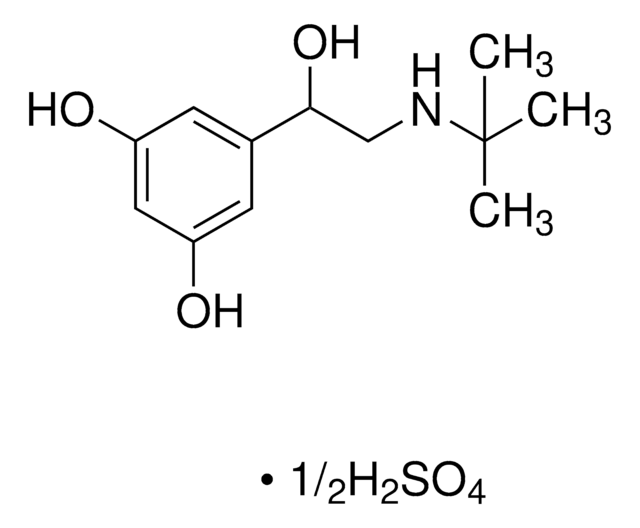
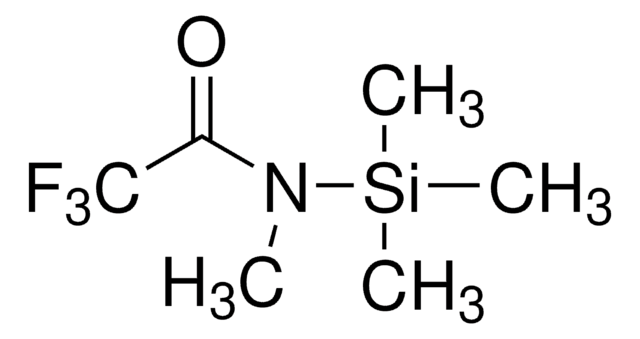





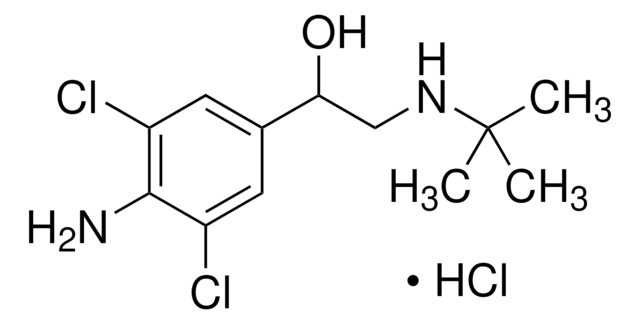

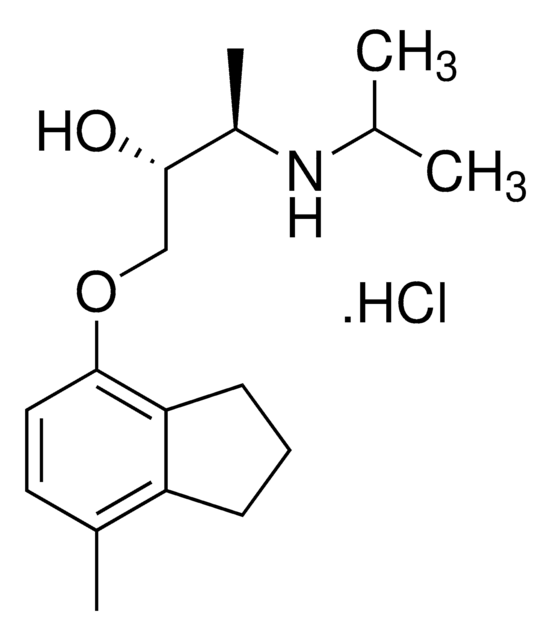
![2-Hydroxy-5-[1-hydroxy-2-[(1-methyl-3-phenylpropyl)-amino]ethyl]-benzamid >98% (TLC), powder](/deepweb/assets/sigmaaldrich/product/structures/416/717/a514cff7-61df-4923-a5b7-9c8fb0fa402a/640/a514cff7-61df-4923-a5b7-9c8fb0fa402a.png)
